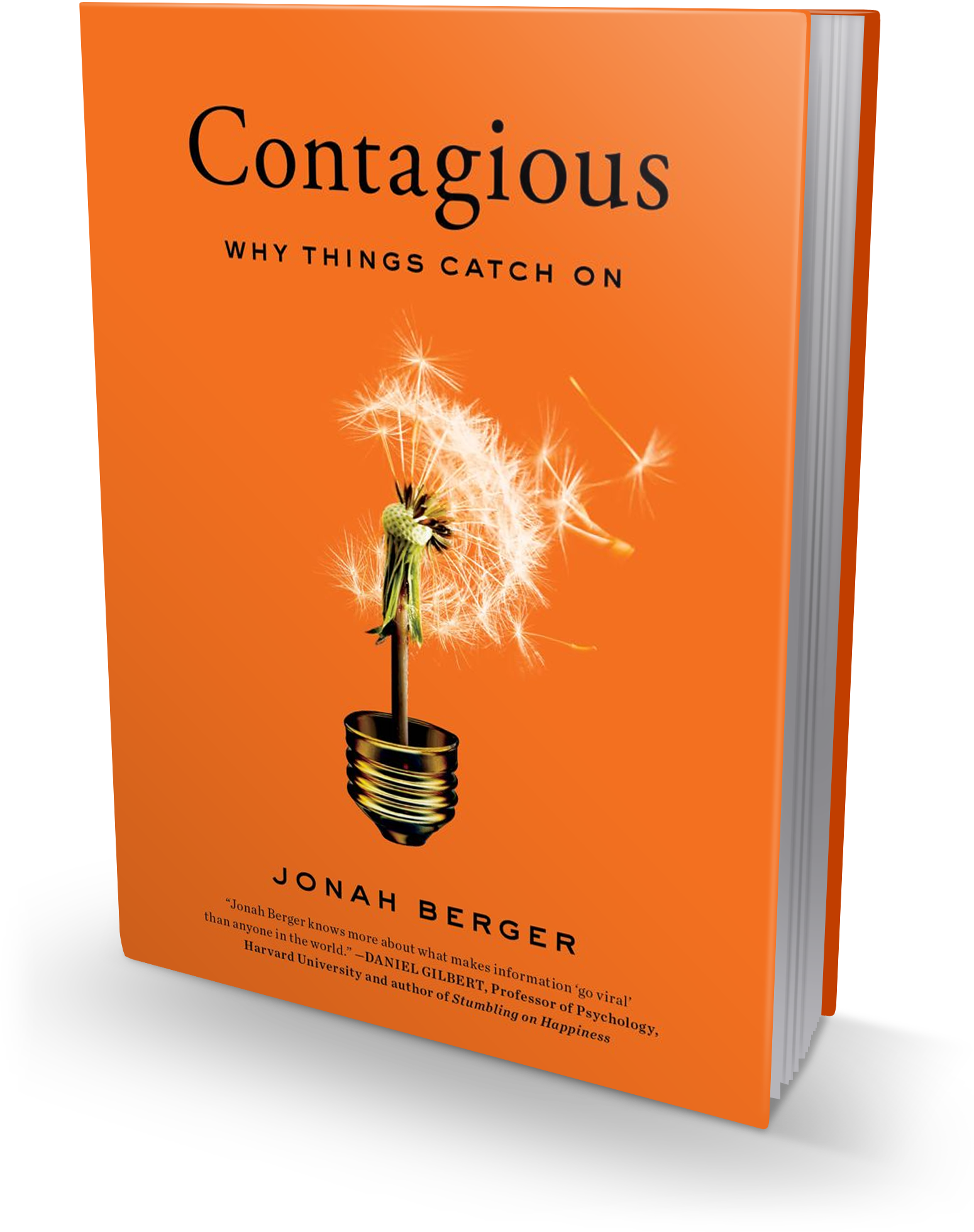

This means that the number of susceptible people will eventually grow fewer and fewer until there’s no one left to infect. And once you’ve recovered, you’re no longer susceptible to contracting or spreading the disease again. However, if you contract the disease - thereby temporarily becoming Infectious - you’ve entered a different category, which allows you to transition to the third and final stage: Recovered.

But for the most part, every otherwise healthy person is at the same risk of susceptibility. As a result of these conditions, some people are always going to be more at risk than others.

People in this category include the very old, the very young, and those with underlying health conditions like asthma, diabetes, and immune deficiencies. Here’s how it works: for example, in the case of COVID-19, we understand that some people are more susceptible to contracting the disease than others. So, as you can see through this example, our current scientific models haven’t evolved overnight in a flash of brilliance rather, they are the result of a few dedicated researchers asking questions and building research frameworks that have influenced our scientific discoveries for decades. Without these doctors and their desire to know more, we might be decades behind in our understanding of contagious diseases! And because an inquiring mind and a desire to help others is at the heart of all medical discoveries, the author argues that all future scientific discoveries have followed a similar pattern.

The author points out that this example demonstrates the power of a curious scientific mind. But it also unlocked the secret to controlling and preventing malaria, which is most commonly spread by mosquitoes. This theory laid the groundwork for our understanding of the spread of infectious disease. If the mosquito drank this infected blood and bit somebody else, the doctors argued that the mosquitoes were therefore acting as carriers of disease and passing a host of foreign parasites onto their unsuspecting victims. The two doctors then hypothesized that if mosquitoes were sampling so many different types of blood, it stood to reason that they would eventually hit upon a victim who was infected with some disease or another. He also theorized that, because mosquitoes were connoisseurs of blood, they would be sampling from a variety of populations animals and humans alike provided a veritable smorgasbord for mosquitoes to enjoy.


 0 kommentar(er)
0 kommentar(er)
